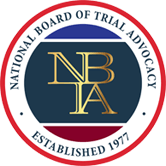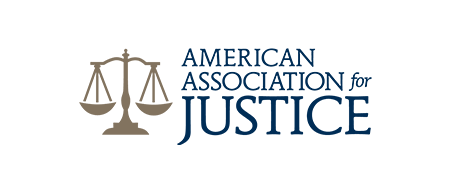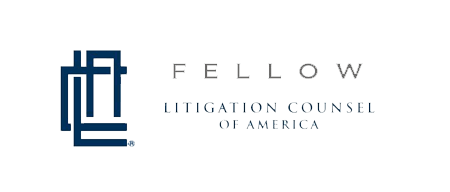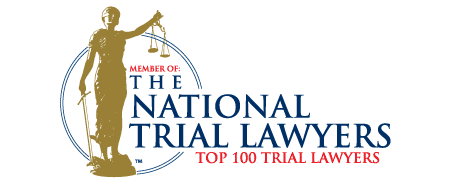Millions of Americans depend on medications to help them become healthy or remain healthy. Unfortunately, there are times when some medications are defective and cause significant illnesses and even death. When a person is harmed due to a dangerous medication, they may be able to file a lawsuit against the manufacturer or retailer to recover compensation. However, determining liability for a dangerous drug lawsuit can be challenging.
How is Liability Determined: The Steps
Determining liability in a dangerous drug lawsuit involves a complex legal process that aims to establish whether a party, such as a pharmaceutical company or healthcare professional, is legally responsible for the injuries caused by the drug. This process typically involves several steps and considerations. Here is an overview of the process, incorporating the four elements of negligence (duty, breach, causation, and damages) required to win a case:
- Consultation with an attorney: The injured party consults with a personal injury attorney specializing in dangerous drug cases. The attorney assesses the facts, medical records, and potential damages to determine the viability of a lawsuit.
- Investigation and gathering evidence: The attorney conducts a thorough investigation, collecting evidence such as medical records, drug information, clinical trials, and expert opinions. They evaluate whether the four elements of negligence can be established:
-
- Duty: The injury victim (plaintiff) must show that the defendant owed a duty of care. In drug cases, this may involve showing that the manufacturer had a duty to produce a safe product or that healthcare professionals had a duty to inform patients of the risks.
- Breach: The plaintiff must establish that the defendant breached their duty of care. This could involve demonstrating that the drug was defectively designed, inadequately tested, or that the warnings were insufficient.
- Causation: The plaintiff must next demonstrate that the defendant’s breach of duty caused their injuries. This can be complex in drug cases, as it may require proving a direct link between the drug and the specific injury or condition.
- Damages: The plaintiff needs to show evidence of the harm suffered, such as medical expenses, pain and suffering, lost wages, or other related damages.
- Expert opinions: Attorneys may consult with medical experts, pharmacologists, toxicologists, or other specialists to support their cases. These experts evaluate the drug’s safety, potential side effects, testing protocols, and any deviations from accepted standards.
- Filing the lawsuit: If the attorney determines that there is a valid claim, they file a lawsuit on behalf of the injured party against the responsible parties, such as the drug manufacturer, prescribing physicians, or other entities involved.
- Discovery and negotiations: Both parties engage in the discovery process, exchanging information, documents, and witness testimonies. Negotiations may take place during this phase to explore settlement options.
- Trial or settlement: If a settlement cannot be reached, the case proceeds to trial. The plaintiff’s attorney presents the evidence, including expert testimonies, to demonstrate the defendant’s liability. The jury or judge then determines whether the defendant is legally liable for the injuries caused by the dangerous drug.
It is important to note that this is a simplified overview, and the actual legal process may vary depending on jurisdiction and the specifics of the case. Seeking professional legal advice is crucial for anyone involved in a dangerous drug lawsuit to navigate the legal system and protect their rights.
 Knowledge Experience Compassion Service
Knowledge Experience Compassion Service 






